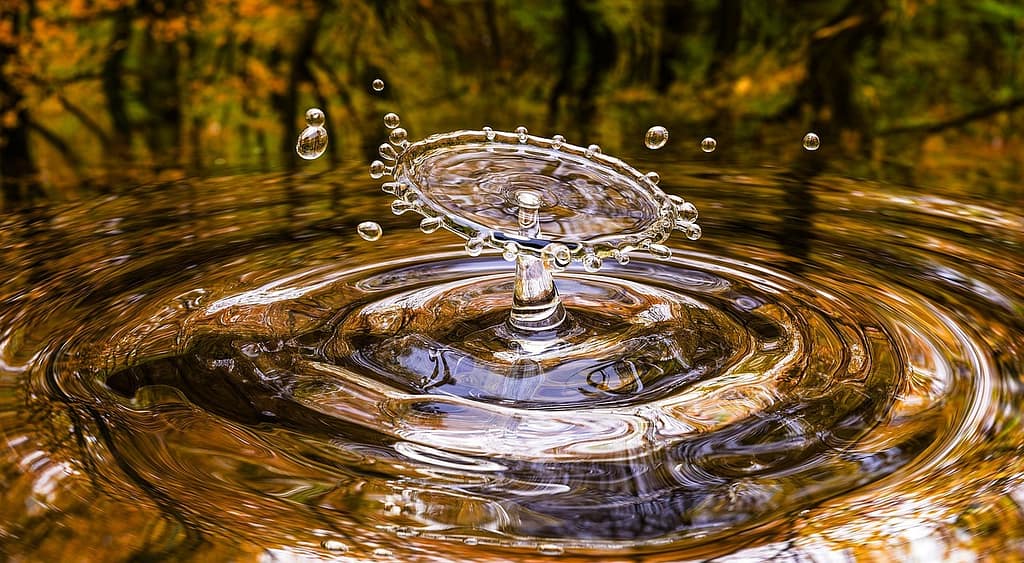Tropical rainforests are among the most vital ecosystems on the planet. These lush, vibrant forests are home to an incredible variety of plants and animals, making them among the most biodiverse places on Earth. Rainforests play an important role in regulating global climate and ecology by absorbing CO2 and producing oxygen. These forests’ unique climate conditions, which include high humidity and consistent rainfall, create an environment conducive to plant growth. This article examines seven fascinating plants found in tropical rainforests, emphasizing their significance and distinguishing features.
Kapok Tree (Ceiba pentandra)

The Kapok tree, towering over the rainforest canopy, is a true giant. It is one of the rainforest’s tallest trees, reaching heights of up to 230 feet. The Kapok tree is easily identified by its massive trunk and distinctive buttress roots, which support its massive structure. This tree is important to the ecosystem because it provides habitat and food for many different types of wildlife, including birds, monkeys, and insects.
Kapok fibers, derived from seed pods, are lightweight and water-resistant, making them ideal for filling mattresses, pillows, and life jackets. Indigenous people have traditionally used Kapok wood to make canoes and fibers for a variety of purposes. Its cultural and economic significance are still felt in many tropical regions today.
Strangler Fig (Ficus spp.)

Strangler figs have an unusual and somewhat sinister growth pattern. They begin life as epiphytes, germinating in the crevices of a host tree. As they mature, they send down aerial roots that wrap around the host tree’s trunk, eventually encasing and “strangling” it. Over time, the host tree may die, leaving a hollow core within the massive fig tree.
Strangler figs are an important keystone species in tropical rainforests. They provide food for a variety of animals, including birds, bats, and primates. Figs are also deeply embedded in various cultures’ mythologies, often representing fertility and strength.
Bromeliads (Bromeliaceae)

Bromeliads are a diverse group of plants that grow in tropical rainforests. They are primarily epiphytes, which grow on trees rather than in soil. Their leaves form a rosette with a central cup that collects water, creating a mini-ecosystem for small animals like frogs and bugs.
These plants are extremely adaptable, with some species thriving on the forest floor and others clinging to the highest branches. Bromeliads play an important role in the rainforest canopy, providing habitat and water for a variety of organisms. They are also popular as ornamental plants because of their vibrant colors and distinctive shapes.
Orchids (Orchidaceae)

Orchids are one of the world’s most diverse and widespread plant families, with thousands of species growing in tropical rainforests. Orchids, known for their intricate and beautiful flowers, have evolved a variety of pollination strategies, many of which involve specific insects, birds, and even mammals.
Many orchids are epiphytes, which grow on trees and absorb moisture and nutrients from the air. They play an important role in the rainforest ecosystem by forming symbiotic relationships with fungi that allow them to absorb nutrients. Orchids are also prized for their beauty, and they make significant contributions to the horticulture and floriculture industries. Conservation efforts are critical for orchids, as habitat loss and over-collection pose significant threats.
Heliconia (Heliconiaceae)

Heliconias are known for their stunningly beautiful and vibrant inflorescences, which attract a wide range of pollinators, particularly hummingbirds. These plants have large, banana-like leaves and can be found in the rainforest’s understory as well as its canopy.
The distinctive structure of Heliconia flowers enables them to efficiently transfer pollen with the assistance of their avian visitors. In addition to their ecological function, Heliconias are used in traditional medicine by indigenous peoples and are a popular choice for tropical garden landscapes due to their aesthetic appeal.
Rattan (Arecaceae)

Rattan is a climbing palm known for its long, slender stems. It can grow hundreds of meters long and is frequently found entangled with other vegetation in the rainforest. Rattan is highly valued for its flexibility and strength, making it an ideal material for furniture, baskets, and other crafts.
Local communities rely heavily on sustainably harvested rattan for income. It is also important ecologically because it contributes significantly to the forest structure, providing habitat and food for a variety of animals. Sustainable management practices are essential to ensure that rattan harvesting does not result in deforestation and habitat destruction.
Cocoa Tree (Theobroma cacao)

Cocoa trees are best known for producing chocolate. This small tree, native to Central and South America’s tropical rainforests, has glossy leaves and produces large, colorful cocoa bean pods. These beans are fermented, dried, and processed into cocoa and chocolate products.
Cocoa cultivation has a significant economic impact, supporting millions of farmers worldwide. However, it also raises environmental concerns, as unsustainable farming practices can result in deforestation and biodiversity loss. Efforts to promote sustainable cocoa farming, such as agroforestry and organic farming, are critical for preserving rainforest ecosystems while supporting livelihoods.
Summary
The tropical rainforest is rich in plant diversity, with each species playing an important role in the ecosystem’s health and balance. From the towering Kapok tree to the economically important cocoa tree, each plant has distinct characteristics and significance. These plants provide habitat, food, and resources for a wide variety of organisms, including humans. Understanding and appreciating the value of these plants is critical for their conservation and the survival of tropical rainforests. Protecting these incredible ecosystems requires a global effort to promote sustainable practices and mitigate the effects of deforestation and climate change.
References
- Rainforest Conservation Fund. (n.d.). Kapok Tree. Retrieved from rainforestconservationfoundation.org/
- National Geographic Society. (n.d.). Strangler Fig. Retrieved from nationalgeographic.org
- American Orchid Society. (n.d.). Orchids in the Wild. Retrieved from aos.org
- World Wildlife Fund. (n.d.). Bromeliads. Retrieved from worldwildlife.org
- Heliconia Society International. (n.d.). Heliconia. Retrieved from heliconia.org
- Food and Agriculture Organization of the United Nations. (n.d.). Rattan. Retrieved from fao.org
- International Cocoa Organization. (n.d.). Cocoa Production and Industry. Retrieved from icco.org





